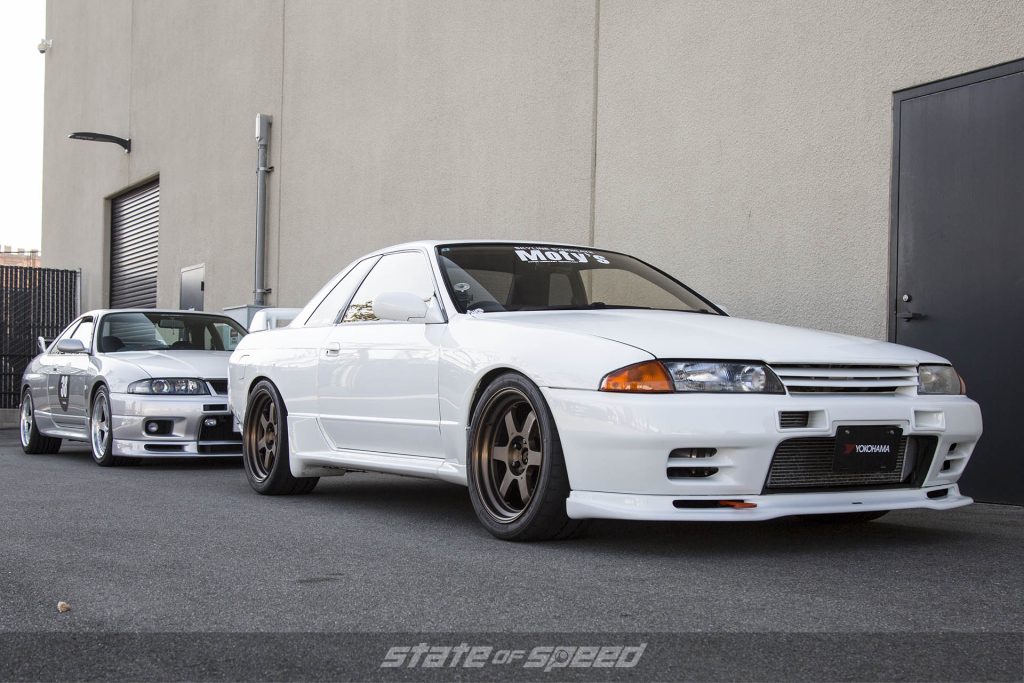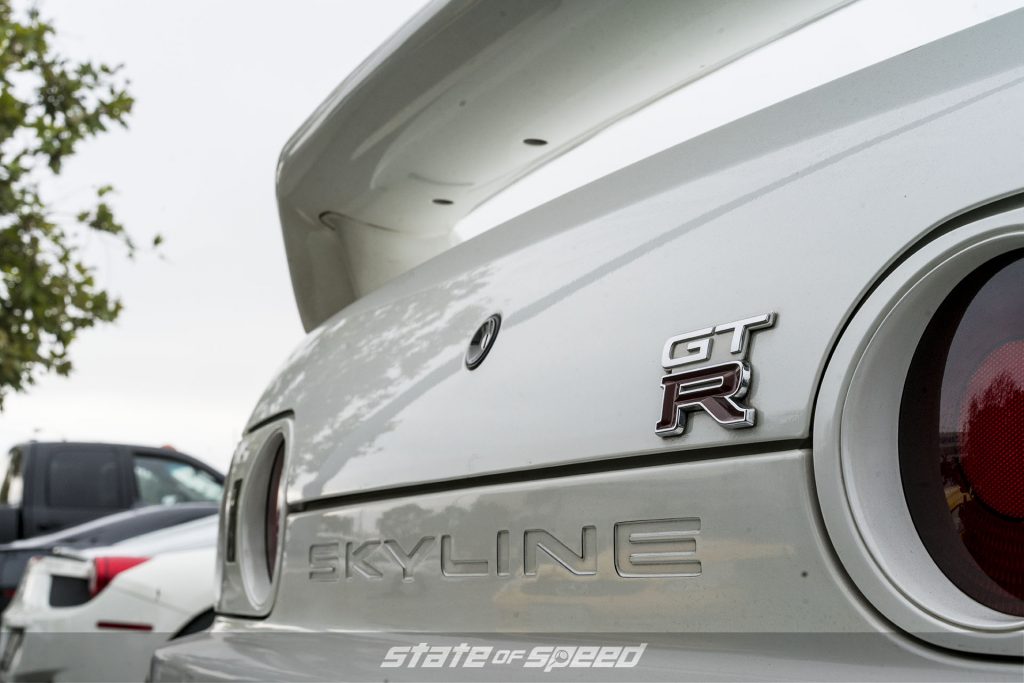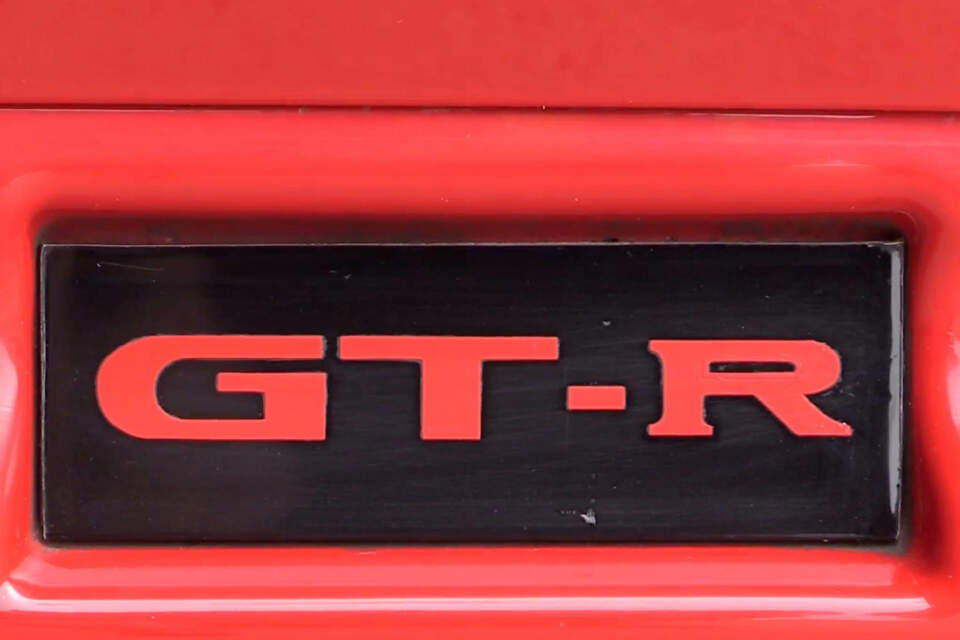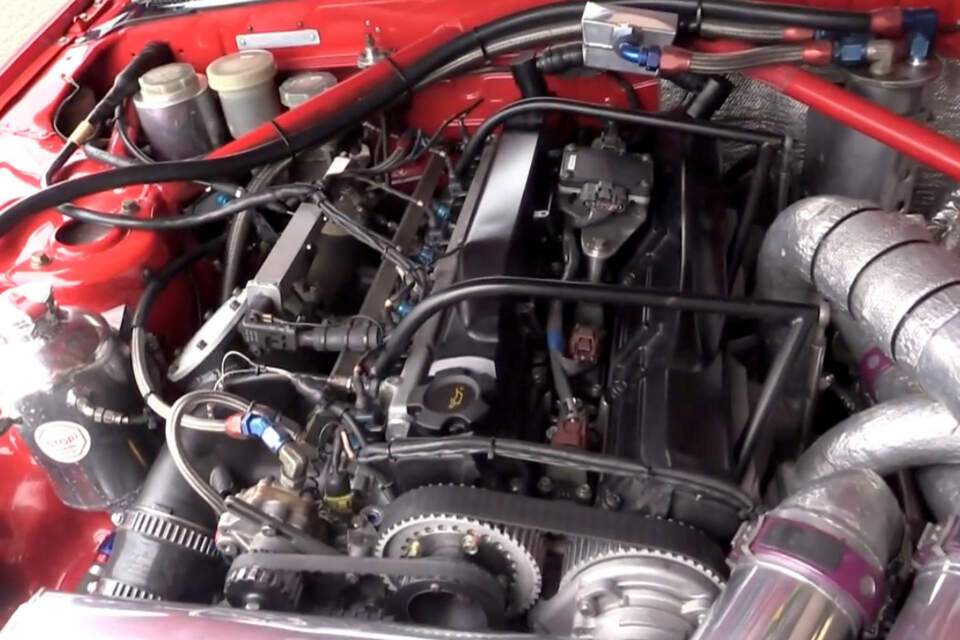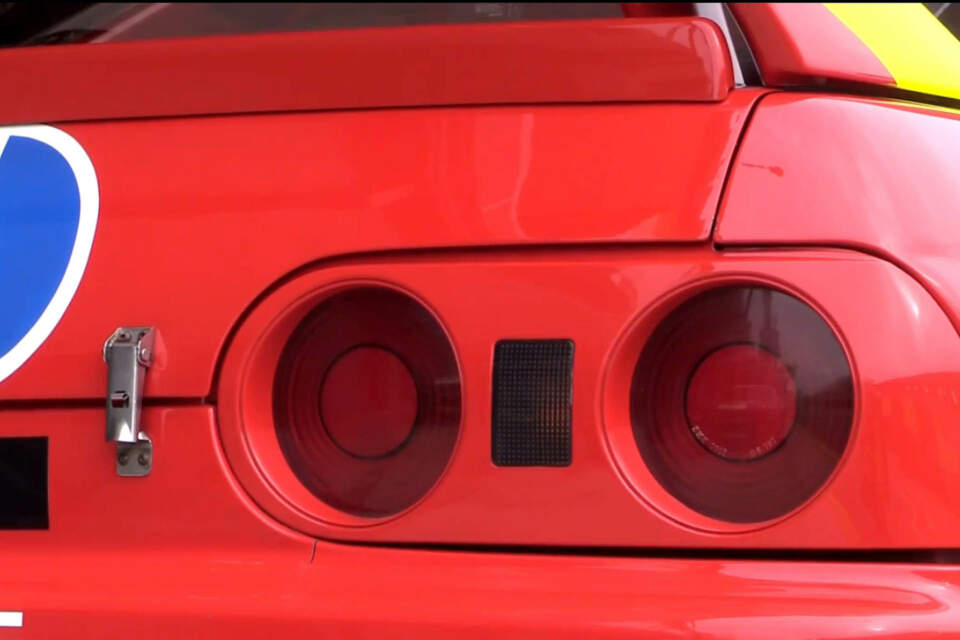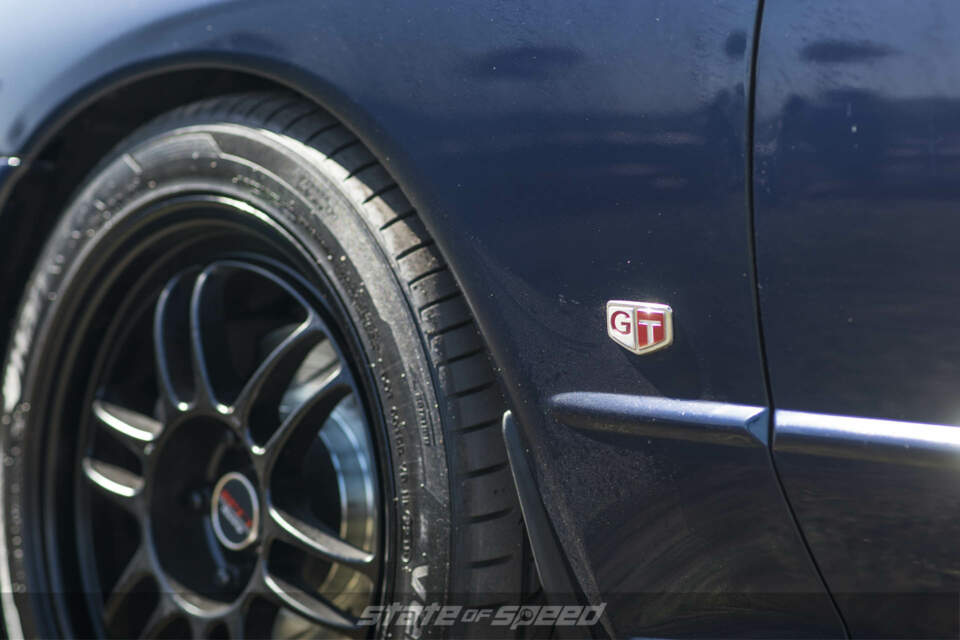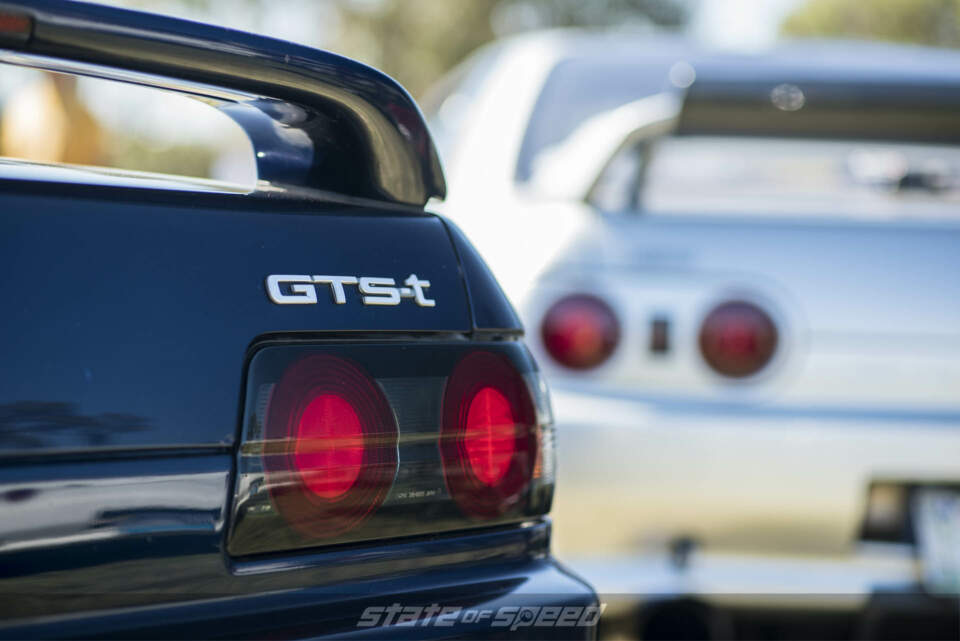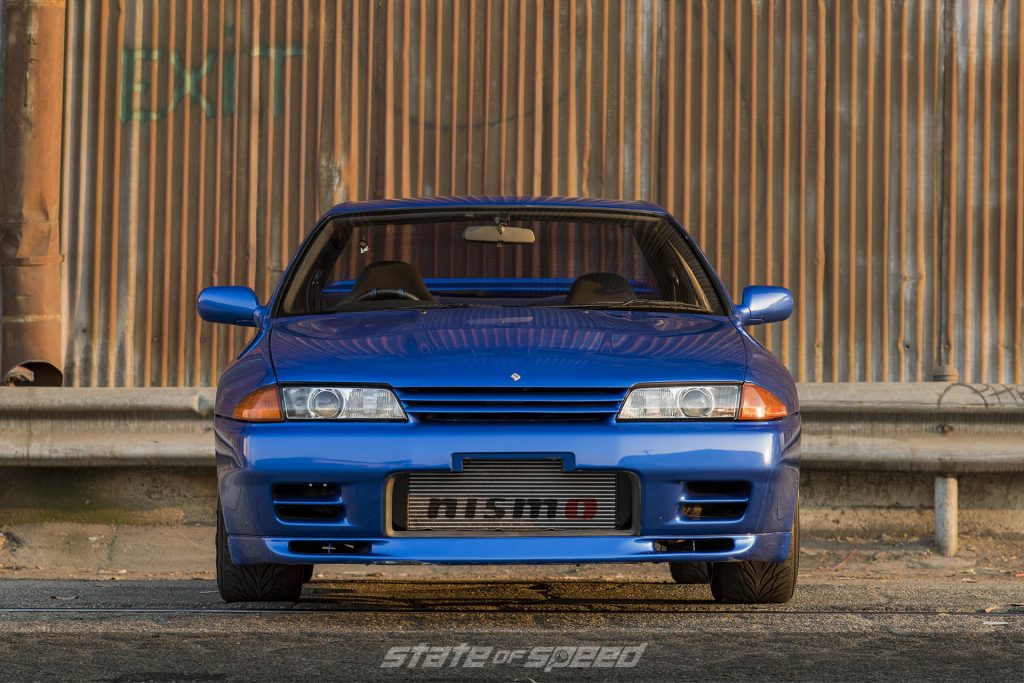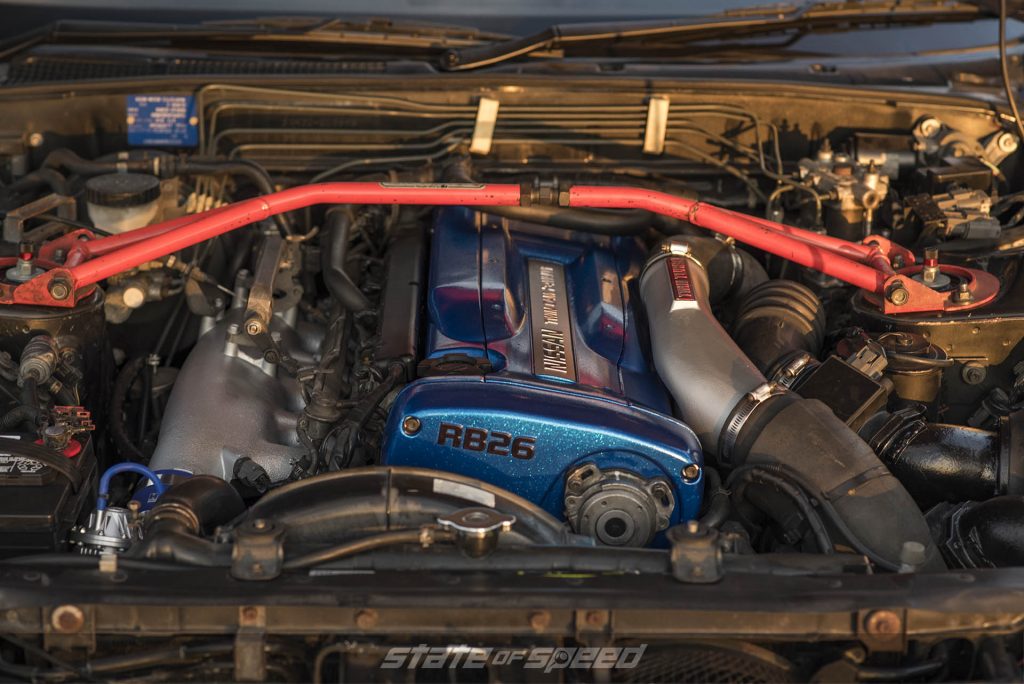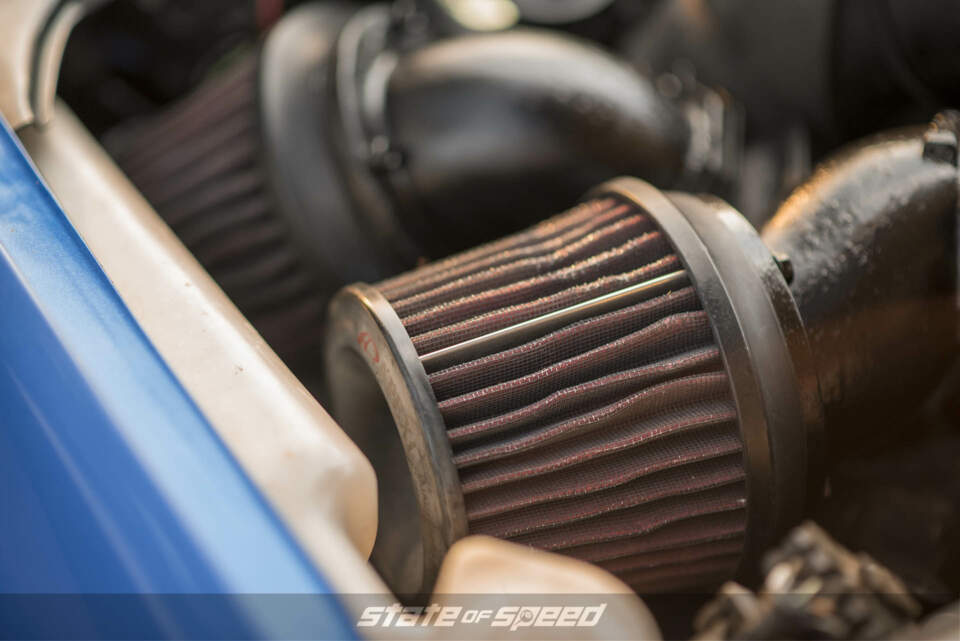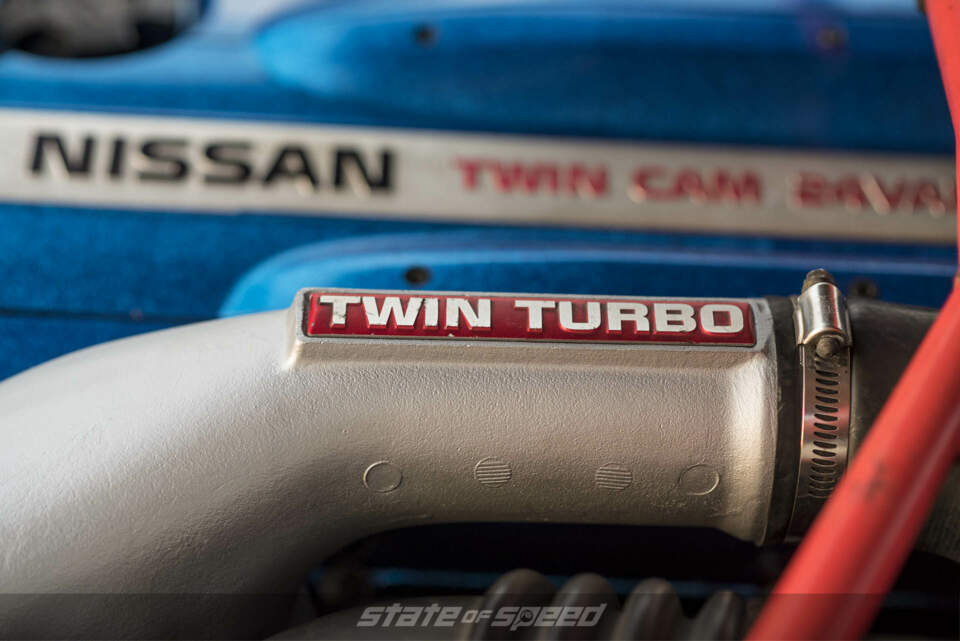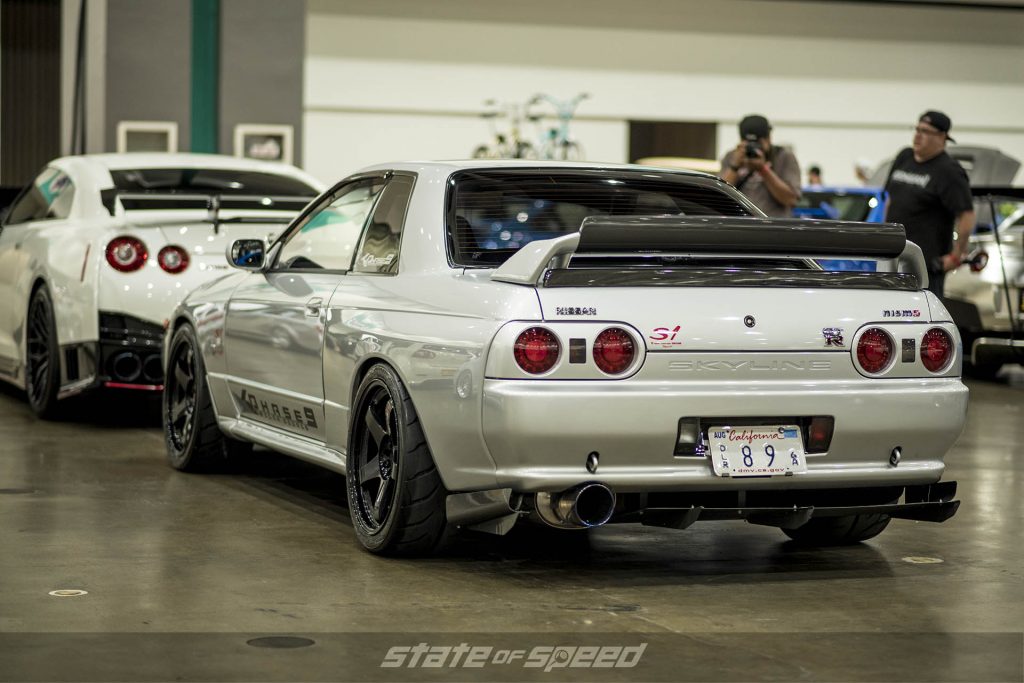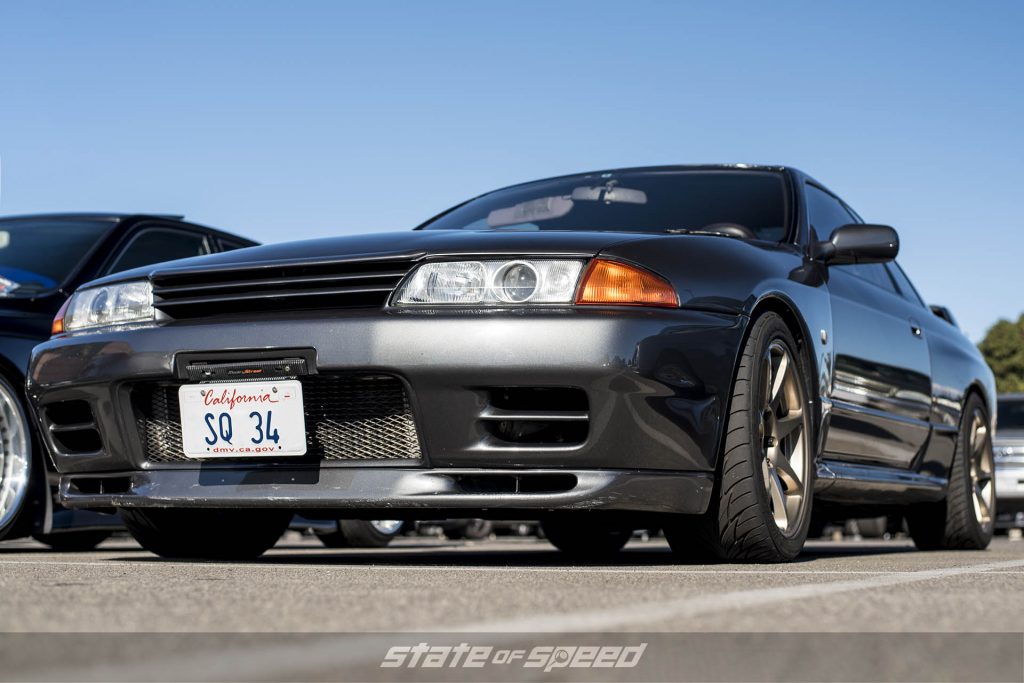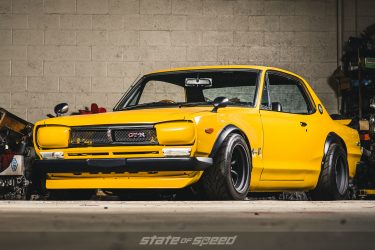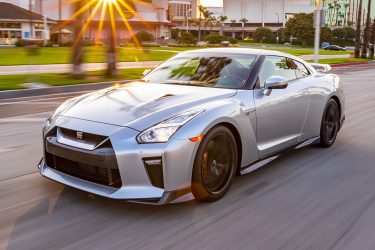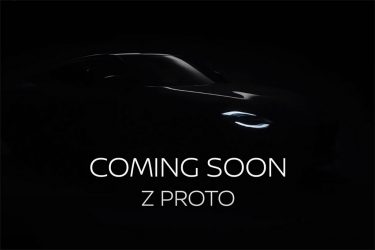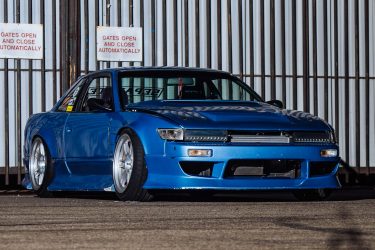Godzilla Rises:
The Nissan R32 Skyline GT-R
At the close of the 1980s, Nissan set out to create a car that encompassed the best of everything they were capable of producing – the most advanced drivetrain, the most powerful engine available to the general public, the most advanced electronics, and the most sophisticated driving experience they could deliver. The name they gave it, GT-R, was a direct reference to the car’s historic lineage, but to the world, the Nissan R32 Skyline was known simply as “Godzilla.”
If Japan had a social media status for its relationship with technology, it would be permanently set to “It’s complicated.” As an island nation, and a densely populated one at that, the country has always been reliant on its ability to do more with less. Even centuries ago during feudal Japan’s period of isolation during the Tokugawa Shogunate (look it up later if you’re not already familiar – it’s seriously fascinating) when almost all interaction with the Western world was cut off, there was Rangaku, a term describing the body of knowledge developed through their one remaining point of contact with the Dutch. Through Rangaku, Japan stayed abreast of world developments in technology, warfare, agriculture, and medicine, and when Commodore Perry and a US expeditionary fleet forced the issue in 1853, Japan went from a feudal society seemingly frozen in time to a fully-modern empire overnight.
After the Second World War (which had, as one of its many causes, Japan’s quest for resources to feed the country’s industrial economy), the country was back to square one, and in the rebuilding environment of the 1950s, a pop culture icon emerged from the depths of the ocean, born of atomic fire and intent on destruction for destruction’s sake – Godzilla. The OG Kaiju carried a lot of cultural baggage on his scaly shoulders, and over countless appearances in film and other media, his portrayal evolved to match Japanese society’s relationship with history and technology. Godzilla went from an amoral, elemental agent of chaos sent to punish mankind for its hubris, to humanity’s sometimes-ally; he might stomp you or set your neighborhood on fire, but he wasn’t going to let those other giant monsters disrespect the Earth, either.
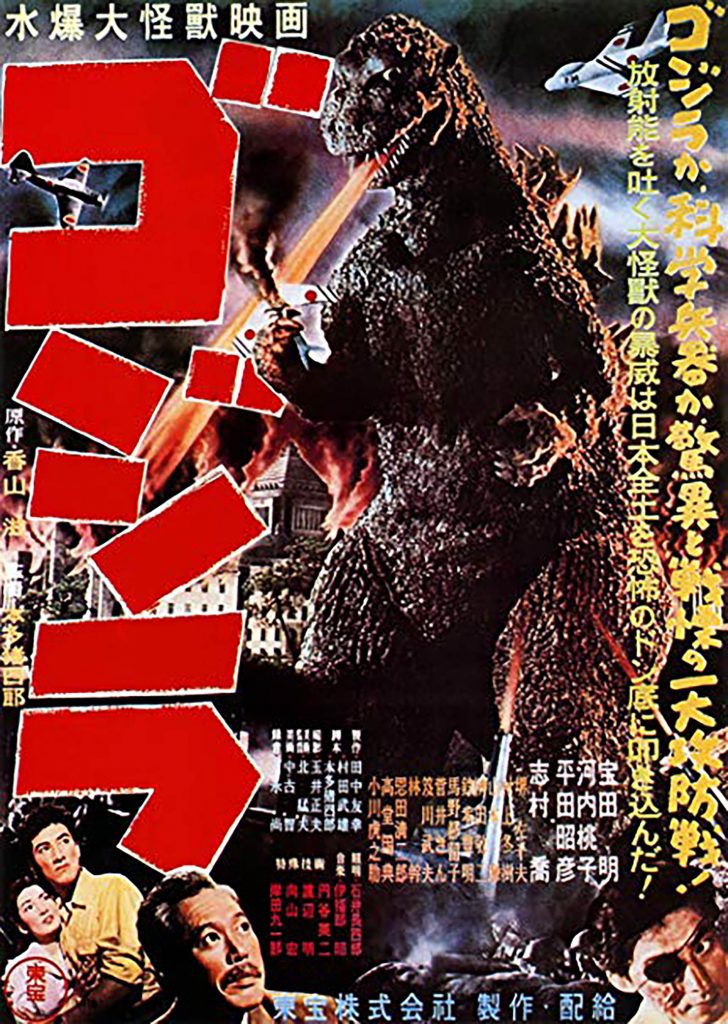
What’s In A Name?
When the motorsports media gave the R32 Skyline GT-R the nickname “Godzilla” in reaction to the way it was laying down the hurt in the Australian Touring Car Championship series at the start of the 90s, it wasn’t inspired by anything much deeper than the mildly-xenophobic “Japanese monster” connection. But fans worldwide embraced the moniker, and another pop culture icon was born, representing Japan’s star-crossed love affair with bleeding-edge technology.
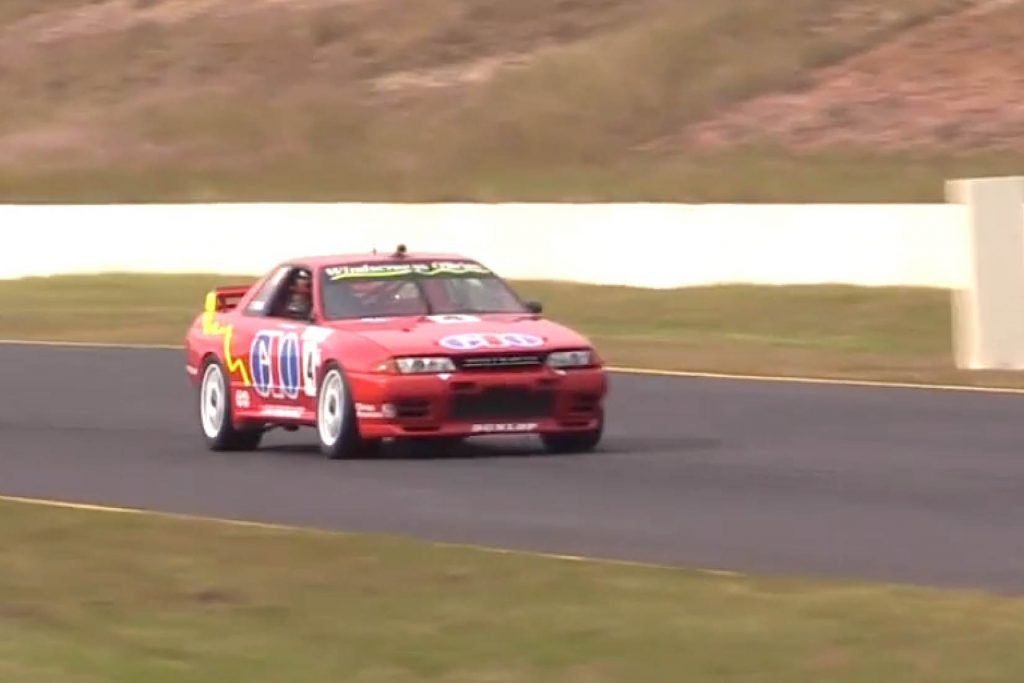
The R32 Skyline GT-R began as the brainchild of Nissan chief engineer Naganori Ito, who drew inspiration from Porsche’s 959 supercar. The 959 was the answer to the question, “What do you get when you throw a ton of money into developing the 911 platform to the very limit of what’s possible?” Launched in 1986, it was aimed squarely at Group B rally racing, but arrived just as the “killer Bs” were outlawed thanks to a series of serious and sometimes deadly crashes in competition. With no place to race, the extremely limited production Maximum Porsche became the ultimate high-tech German sports car for the street.
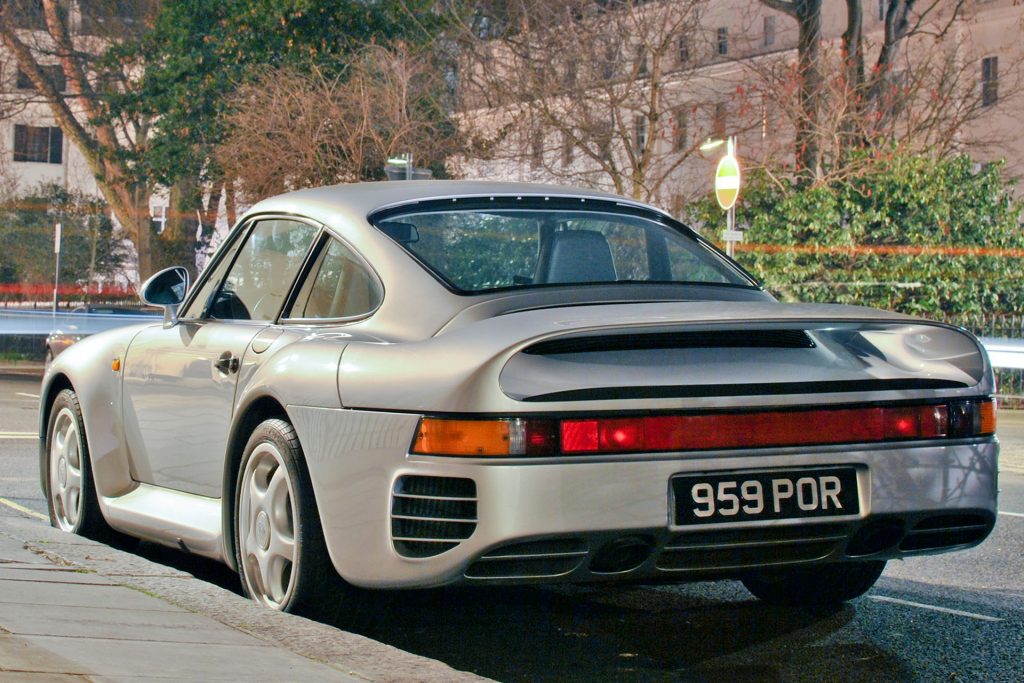
Photo Credit: Ed Callow via Wikimedia Commons
For Nissan, the starting point for their ultimate street car would be the new R32 Skyline chassis. Replacing the R31 Skyline, which had seen a GTS-R performance variant for Group A Touring Car homologation in Australia, the R32 chassis would have a veritable alphabet soup bowl’s worth of different variants – GXi, GTE, GTS, GTS-25, GTS-T, GTS-4, and finally the GT-R. No Skyline had held the GT-R designation since the short-lived C110 Skyline, which replaced the Hakosuka model in 1972, and the new R32 version embodied a radically different design philosophy from the simplicity of those previous models.
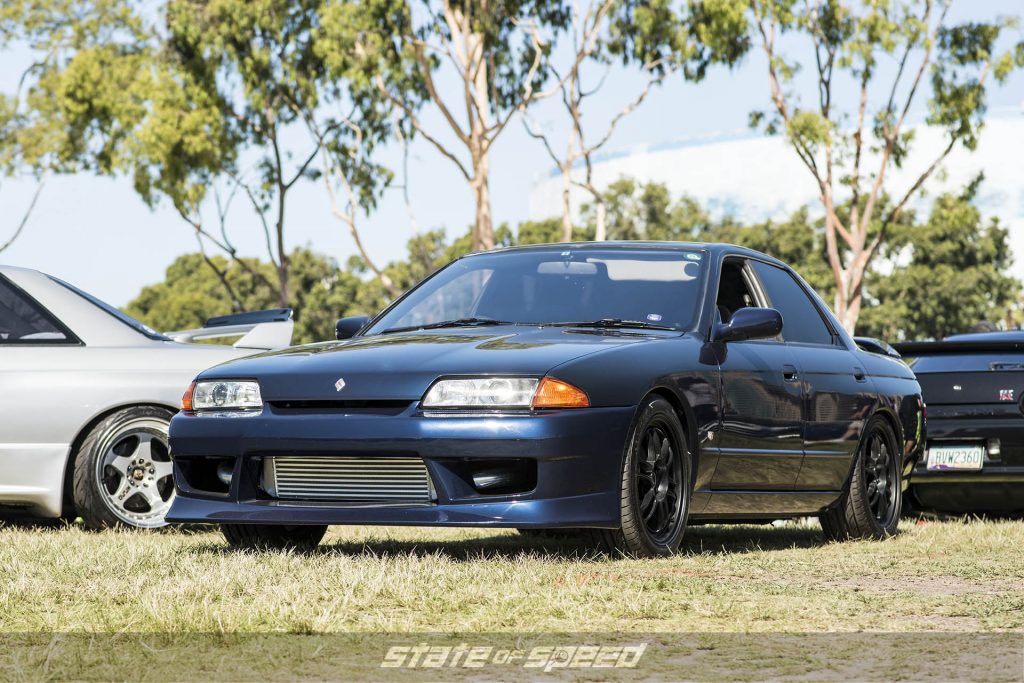
Nothing Ordinary About It
As with the 959, the R32 Skyline GT-R is an all-wheel-drive car built on a nominally RWD platform. The longitudinally-mounted RB26DETT inline-six engine is bolted to a 5-speed manual transmission similar to the one utilized in the 300ZX Turbo, backed by an electronically-controlled transfer case. The main output shaft sends power to the rear differential, while a propshaft extends forward on the right side of the transfer case to spin the front differential. The transfer case can vary the torque split from 0/100 front to rear to 50/50 by engaging a clutch pack upon computer command – borderline science-fiction stuff for the end of the Eighties.
The front and rear suspensions are both multilink independent designs, and Nissan incorporated an early version of their HICAS rear-wheel steering system to provide up to one degree of both out-of-phase rear steer at low speed to tighten the turning radius, and in-phase steering while the car was at higher speeds to improve stability in turns. While modern drivers may consider this feature a mixed blessing in terms of handling (and many current R32 owners have “locked out” HICAS), when in proper operating condition the system does offer what was promised by Nissan’s chassis development team.
The star of the show in the R32 Skyline GT-R isn’t the driveline or the chassis, of course – it’s the RB26DETT under the hood. The cast iron inline six-cylinder block features 86mm bores and a crank with a 73.3mm throw for a “true” displacement of 2,568 cubic centimeters, rounded up to 2.6 liters for the purpose of general discussion. The block is topped by an aluminum dual overhead cam cylinder head with four valves per cylinder, and compression is a very mild (and turbo-friendly) 8.5 to 1. The intake valves are fed via a trio of two-barrel throttle bodies, effectively giving each cylinder its own throttle blade. On the exhaust side, there are two Garrett M24 turbochargers, each fed from its own set of three cylinders and equipped with integral wastegates set to regulate boost to 10 PSI.
Under-Promise, Over-Deliver
In factory trim, the GT-R’s RB26 is rated to produce 276 horsepower at 6,800 RPM and 266 pound-feet of torque at 4,400. These numbers are “at the brochure,” however – at the time, Japanese car makers had an understanding between themselves that none of them would advertise a car for sale with more than 280 PS (short for the German term ‘pferdestärke’ and often referred to as “metric horsepower” even though there’s a perfectly good SI unit for power – the kilowatt…) In any case, every Japanese car company with a high performance model produced engines that actually delivered well in excess of this fictional limit, and Nissan was no different. The real figure for an RB26DETT in factory tune is more like 315-plus horsepower, and with modification and increased boost the engine platform is capable of far higher power levels.
The star of the show in the R32 Skyline GT-R isn’t the driveline or the chassis, of course – it’s the RB26DETT under the hood.
The R32 GT-R was offered in a few different variants besides the ‘standard’ production model. In 1989 and 1990, 560 NISMO models were built – 500 were offered to the public to meet the homologation requirements for racing, with 60 used as competition cars. They were wildly successful in Japanese Touring Car Championship racing, winning 29 races in 29 tries and putting a lock on the series title from 1989 to 1993. More success was found in the Australian Touring Car Championship, which led to the Aussie press coining the nickname “Godzilla” for the R32 GT-R. NISMO models were visually distinct thanks to different aero bits and pieces, while the technical changes included the deletion of ABS and metal instead of ceramic turbine wheels for improved longevity in competition.
In 1991, upgraded safety equipment including door collision bars and an optional driver’s side airbag were added, and Nissan homologated a new variant with just under 120 cars produced for the Japanese N1 racing series, all with the company’s iconic white exterior. For 1993, the V-Spec model was added to follow changes in JTCC rules – previously, cars were limited to 16-inch wheels, but an increase of an inch of diameter led to new BBS “mesh” wheels in 17×8, plus a different method of clutch actuation, minor transmission improvements, and Brembo calipers gripping larger rotors to take advantage of the additional room inside the bigger wheels. A total of 1,453 R32 V-Spec cars were manufactured, and a mere 64 V-Spec N1s left the factory. Finally, in 1994 Nissan introduced the V-Spec II, which took the factory tire size from 225/50R17 to 245/45R17, with just over 1,300 cars built.
Making Dreams Come True
All told, between 1989 and 1994, there were something like 44,000 R32 Skyline GT-Rs made, including all the upgraded and racing variants. In America, the original Godzilla was the stuff of dreams for many enthusiasts, fueled by video games and a lust for anything legitimately JDM and off-limits to US drivers. For many years, the only way to get one on the road in the States was via sketchy grey market deals or working your way through ‘display and exhibition’ loopholes of questionable legality. Today, however, foreign-origin cars that were never offered for sale in the US that are more than 25 years old are finally legal to import and own almost everywhere (California and Hawaii impose their own rules) making the entire R32 GT-R production run available.
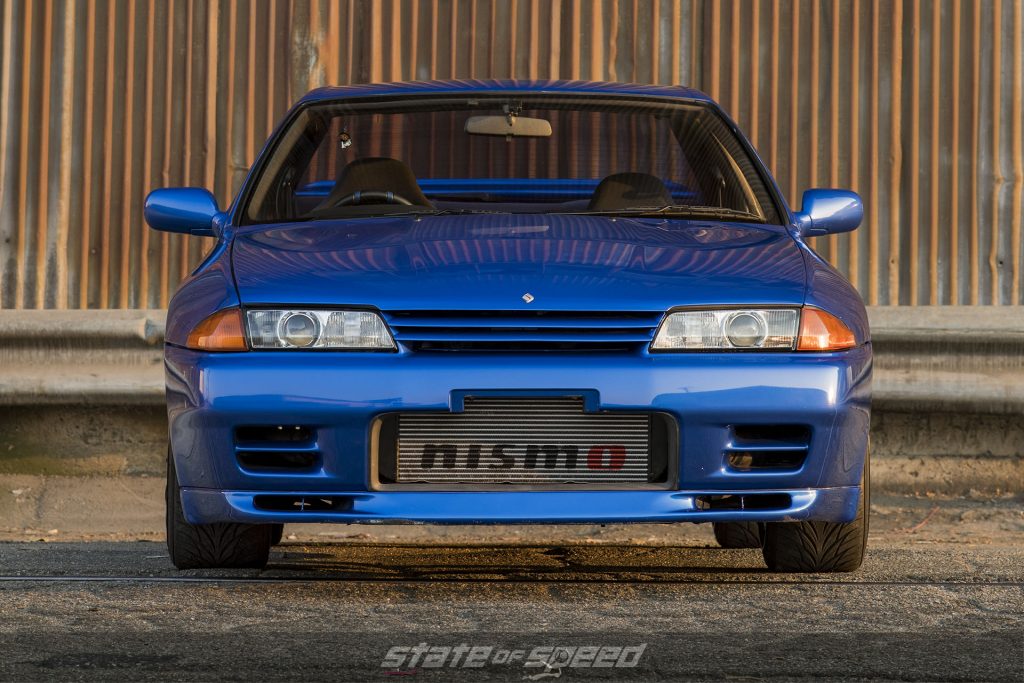
Is Godzilla something you’d like to have in your own garage? While the supply of US-legal R32 GT-Rs has certainly exploded, so has the pent-up demand for a car that so many of us salivated over in our youths, so a good, unmolested example can run in the $80,000+ range at auction. That’s a lot of money for a three-decade-old car, but it’s hard to put a price on living a dream, and for many of us an R32 Skyline gets our heart racing like no modern car in the same price range ever could.


